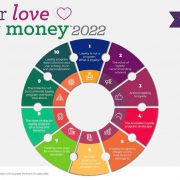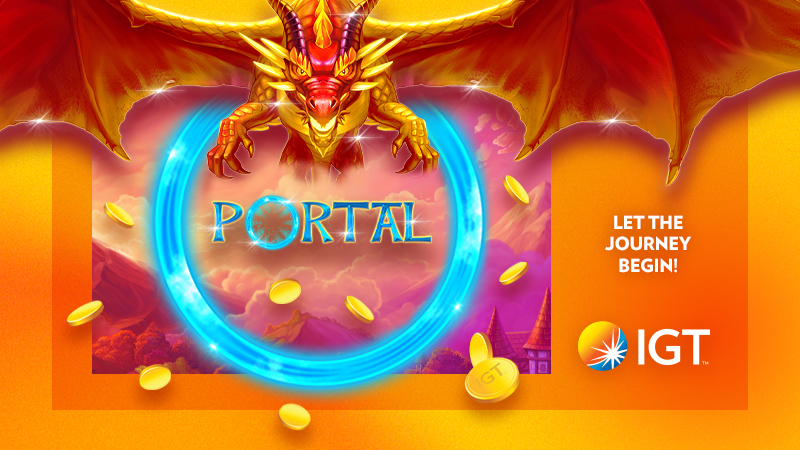THE ROI ON INVESTING IN CUSTOMER EXPERIENCE
You may be surprised at exactly how profitable investing in your customer experience can be. According to a report by McKinsey, strong customer experience improvement programs rapidly become self-funding.
Businesses that can provide a stellar customer experience will have much higher levels of customer satisfaction and loyalty. Satisfied and loyal customers are responsible for contributing to the majority of your annual revenue.
The link between better customer experience and higher revenues is well established; according to a study by Oracle, 86% of customers are willing to pay more for better customer experiences.
Likewise, a Harvard Business Review article estimated that customers who reported the best customer experiences spent 140% more than those who reported the poorest experiences.
Improving customer experience via customer service must include measures which make customers feel valued. The best part about making customers feel valued is that it doesn’t have to be expensive–it just needs to graciously give them what they want, pronto.
In general terms, investing in your customer experience could involve:
- Hiring staff
- Adding new customer support channels
- Tracking new customer support metrics
- Updating customer support training
- Removing the most common friction points in the product or service
- Streamlining the buying process
- Improving follow-up with existing customers
Investing in customer experience doesn’t have to be expensive to start, but you need to be clear about what aspects of your customer experience you’d like to improve and the actions that you plan to take to improve it.
FIVE SECONDS THAT COULD CHANGE YOUR BUSINESS
A good place to start to make a positive and a lasting impression are the first five seconds of interaction your company has with a customer.
Research shows that 24% of customers who have a good first impression are likely to remain loyal to that business for up to two years, and 87% of customers will tell others about the good experiences they had.
In contrast, 95% of customers will talk about a bad experience.
In fact, appearances alone are enough to cement a positive first impression within the first five seconds of your interaction.
This means that it’s critical to plan ahead for these first five seconds in every touchpoint of your business. We are not just talking about reception, but your bar, your dining precinct and of course your gaming floor.
You need that same attention to detail in every facet of your company that faces customers including your website, social media and phone contact.
There are some psychological behaviours that explain why taking this approach is necessary. These include:
THE HALO EFFECT
People love to make generalisations based off of their first impression.
Establishing a good first impression is a fundamental step in making the halo effect work in your favour.
In short, the halo effect is a cognitive bias in which people see one good trait in another person, then make additional positive judgments about the person as a result. One example of the halo effect is people’s overall impression of celebrities. Since we perceive them as attractive, successful, and often likable, we also tend to see them as intelligent, kind, and funny. Or in short, what is attractive is good.
The halo effect’s existence means that making a good first impression can help you maintain your relationship from that point onward. Customers will generalise other positive traits in your company as a result of that first interaction.
The negative companion to the halo effect is the fundamental attribution error.
For example, If a customer visits on a day when reception happens to be very busy and they have to wait for a while, this impression can mistakenly cause them to believe that they are not a priority for your business.
They can easily extend their fundamental attribution error to your entire company using the evidence of having long wait times to support the idea that your company doesn’t care about its customers.
THE GAMING EFFECT – WHAT ARE YOU GIVING BACK IN EXCHANGE FOR A LOSING BET?
Some time back The Drop ran a story about a well-known marketing specialist from the America casino industry who was retiring after 35 years it was called …. THE SIMPLE WISDOM THAT SHOULD BE THE FOCUS OF EVERYTHING WE DO IN THE GAMING INDUSTRY.
And that gem of wisdom is that we sell an entertainment experience that enriches our players’ lives.
He said it is just that important. That it is everything. In fact, it is THE ONLY thing. And that it should be the focus of everything you do in this business.
He was taught this bit of wisdom from an older casino pit boss who reminded him that every dollar in his pay packet had to be pulled out of a gambler’s pocket, placed on a table or in a machine, wagered … and LOST … before it came to him.
That every dollar in his pay packet came from a losing bet.
He was then asked how that made him feel. He said when you put it like that – “Not very good,”
And the old guy said, “Don’t worry about the losing,” “Losing is part of life. We all have to learn to lose. We lose at gambling, we lose at love, at business, hell -we lose at Monopoly.”
“The real question you have to ask yourself is this.”
“Just what are you giving back in exchange for the losing bet? What are you giving to your player in return, so that when you take that bet home and use it to feed your family, you sleep well at night, knowing that the books are balanced, equal value has been given, and you don’t owe anyone anything?”
You give back an experience that enriches your players’ lives.













